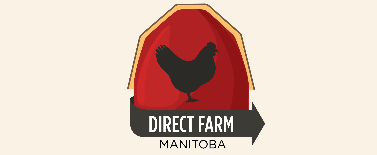Will There Be Water?
 Monday, June 29, 2015 at 7:53PM
Monday, June 29, 2015 at 7:53PM By Jack Heppner
It is hard not to hear the alarm bells ringing in California because of its persistent drought, now in its fourth year. Although droughts have plagued California for a long time, based on a study of tree rings, some scientists are saying this is the worst drought in 1200 years. Already back in 2008 I remember the sinking feeling in my stomach upon seeing a mountain reservoir east of Fresno, California with only a small pool of water at the bottom. Levels have come up briefly since then, I’m sure, but now they are even lower than seven years ago.
There is no doubt that natural variability is a direct cause of this drought. But it is generally agreed that global warming is making the problem worse. Warmer temperatures cause more evaporation and changing global weather patterns make precipitation levels less predictable. According to a recent UN report, California’s drought reflects a growing global crisis. It predicts that by 2030 the world will have only 60 percent of the fresh water it needs.
In California, desperate farmers and communities are beginning to pump water from the ground at dangerously fast rates. In some areas this is resulting in sagging ground levels and saltwater intrusion into freshwater aquifers. All levels of government in California are responding with a variety of measures to curb water use: tiered water pricing, mandated reduction in usage, replacing lawns with drought-tolerant landscaping, more efficient drip irrigation systems and replacing old water-sucking appliances with more efficient ones.
Any way you cut it, the news is that going forward the world will be facing fresh water shortages that will have a major impact on how we think about and use the water we do have. It is relatively easy to shrug our shoulders in Southeastern Manitoba because we know we sit on a large underground aquifer which means our water supply is secure, right?
But we should not be too smug about our relative advantage. The global water crisis will increasingly affect us all and we will do well to begin thinking creatively about water as a diminishing natural resource in the world. As fresh water shortages increase, we should be expecting that the price of water consumption will also increase, even here in our region. And the cost of food imported from places like California will rise sharply, if in fact it will even be available.
What are some practical ways to prepare for life in a world with less fresh water? Here are a few ideas:
- Support efforts being made to hold back water to feed our aquifer instead of sending it down-stream as fast as possible.
- Find ways of collecting and making use of rain water.
- Aerate your lawn to help it retain rainwater.
- Experiment with ways of using water more efficiently.
- Grow some of your own food to reduce dependency on food imports.
- Discover ways of recycling waste water.
Ultimately, California and Southeastern Manitoba are part of the same world!



Reader Comments